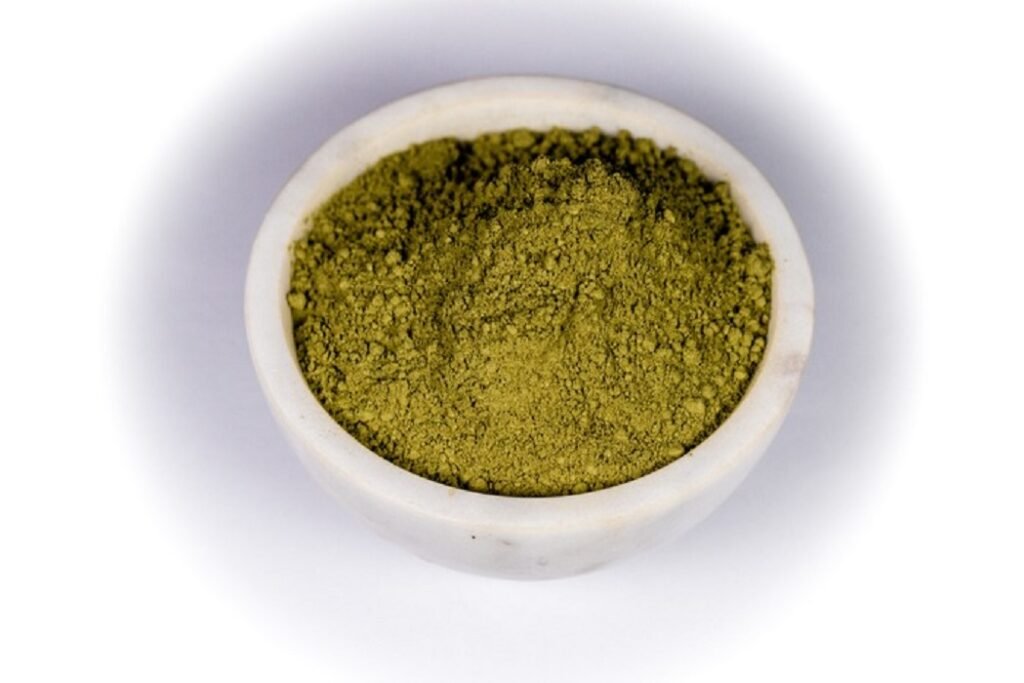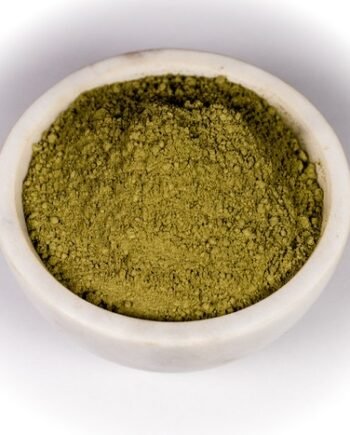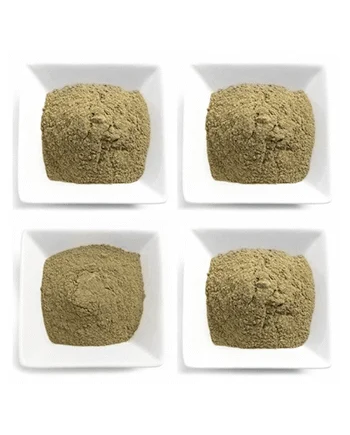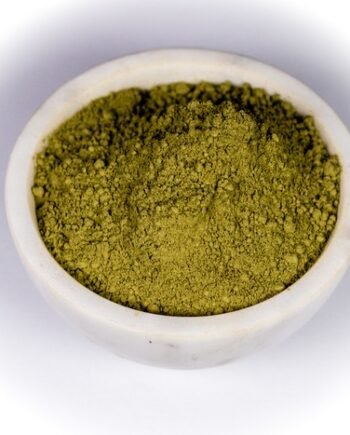Kratom has gained popularity as a natural supplement in recent years, with Kratom powders being a common form of consumption. But, delving into the cultural history of Kratom reveals a rich tapestry of tradition and use spanning centuries.
Kratom in Southeast Asia
It was primarily used by indigenous populations for its stimulating and pain-relieving properties. In Thailand, Kratom was traditionally chewed or brewed into a tea for its energizing effects, and it was even employed by laborers to endure the rigors of the workday.
Kratom in the Western World
In contrast, the Western world has only recently discovered the potential benefits of Kratom supplements and powders. Kratom’s rise in popularity can be attributed to its remarkable properties, which include relieving discomfort, enhancing mood, and promoting relaxation. However, it’s essential to recognize that Kratom’s journey to the West has been fraught with controversy and legal challenges, as it continues to gain traction.

Cultural Significance
Kratom isn’t just a botanical substance; it’s a symbol of culture and tradition. It has a spiritual significance in the cultures where it is deeply rooted, often featuring in religious ceremonies and cultural rituals. Its role in these societies goes far beyond mere consumption; it’s a reflection of the people’s values, beliefs, and way of life.
Today’s Global Appeal
In addition to these products, it is now available in various forms such as capsules, extracts, and tinctures, making it more accessible to a broader audience. Its natural origin and diverse applications make it a standout in the world of supplements.
In conclusion, exploring the cultural history of Kratom reveals a complex and fascinating tapestry that spans from the remote villages of Southeast Asia to the global stage. Its transition from a regional secret to a globally recognized supplement is a testament to its enduring appeal and the wisdom of those who have cherished its benefits for centuries. Whether you are a seasoned Kratom enthusiast or new to the scene, understanding its cultural history adds depth to your appreciation of this remarkable botanical.
Kratom Powders
Craving Kratom provides the highest quality Kratom and handpicks the most potent strains for our customers. We are partnered with only 5 star trusted suppliers from Indonesia that offer the purest and premium Kratom in the world. All of our Kratom is lab tested to make sure it is clean of contaminants, metals and has the highest alkaloid content. Craving Kratom offers pure Kratom strains as well as very popular blends for the seasoned Kratom clients. We guarantee we have the highest quality Kratom in the industry.







